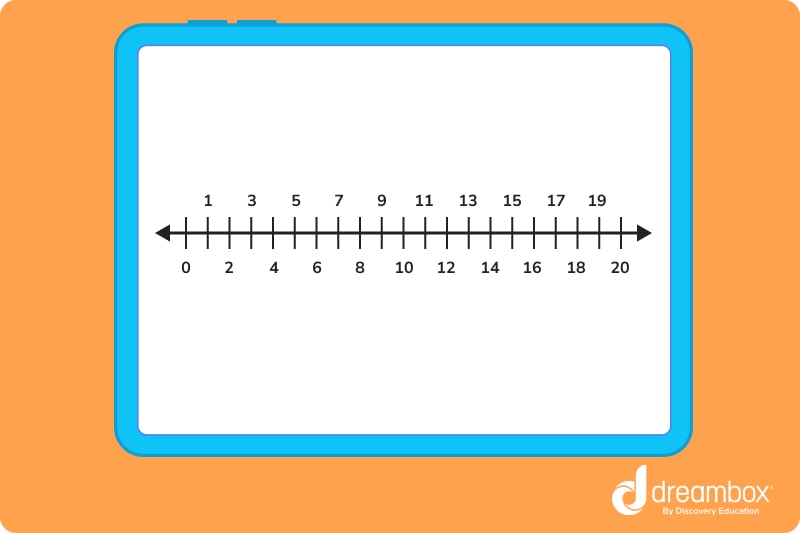What are Positive Numbers?
A quick overview of positive numbers and their characteristics.

Author
Tess Loucka
Published:
Nov 2024
Key takeaways
- Positive numbers are any number greater than 0.
- Positive numbers can be whole numbers, fractions, or decimals, unlike positive integers which can only be whole numbers.
- When adding, multiplying, or dividing two positive numbers together, the answer will always be positive. This is not always true for subtraction.
We use numbers in nearly everything we do. Whether we’re counting something up, calculating the time it will take to do something, or even making a daily to-do list, numbers are what keep us on track and on time.
More often than not, the numbers we’re using are positive numbers. In math, we use positive numbers constantly! So understanding the characteristics of positive numbers is a very important math skill.
To put it simply, an integer is a whole number. In school, you work with whole numbers all the time. But what makes integers a little more complicated is that they can also be negative numbers.
There are many rules and properties to remember when working with integers, but first, what is an integer?
Table of contents
Access more math practice with DreamBox
Turn math into playtime with DreamBox Math
DREAMBOX MATH
Get started for FREE today!

Positive Numbers Definition
The positive numbers definition states that any number greater than 0 is a positive number.
If you’ve ever worked with positive integers, you may be wondering what the difference between positive integers and positive numbers is. So, what is a positive integer?
Positive integers are any whole numbers that are greater than 0. Meanwhile, positive numbers are any numbers, including fractions and decimals, that are greater than 0. A number does not have to be a whole number to be a positive number.
When a number has no symbol in front of it, it is assumed that that number is positive. In some cases when a number’s value is unclear, a plus sign (+), is used to indicate that a number is positive.
So, 8 with no symbol is a positive number. The same number written as +8 is also positive. Similarly, saying “eight” and “positive eight” both indicate that you are talking about a positive number.

The math program that drives results
Get started today!
DreamBox adapts to your child’s level and learning needs, ensuring they are appropriately challenged and get confidence-building wins.
Positive Numbers on a Number Line
Positive numbers appear to the right of the zero when placed on a number line. The numbers get larger as you move further right.

To conceptualize the difference between positive and negative numbers, you can think of a lemonade stand. If you are the one selling the lemonade and someone gives you $1 for a cup of lemonade, you have a positive amount of money.
If you are the one buying the lemonade, you will owe $1 and have a negative amount of money.
When doing addition, multiplication, or division with positive numbers, the result will always be a positive number. This is not always true for subtraction.
To accelerate your learning process of working with positive numbers or number lines, you can use resources such as math websites or math apps that provide you with endless practice problems and educational activities attuned to your specific needs and interests.
FAQs About Positive Numbers
1, 2, 3, 4, 5…are all examples of positive numbers.
The first 10 positive whole numbers are 1,2,3,4,5,6,7,8,9, and 10. However, decimals and fractions can also be positive, so the first positive number that is not a whole number could look something like 0.00000001.
The plus sign (+) represents a positive number when placed before a digit.
Take at home math practice to the next level
Empowering parents and educators to make math practice more impactful. Plus, your kids will love it.


About the Author
Tess Loucka
Tess Loucka discovered her passion for writing in high school and has not stopped writing since. Combined with her love of numbers, she became a math and English tutor, focusing on middle- and high-school-level topics. Since graduating from Hunter College, her goal has been to use her writing to spread knowledge and the joy of learning to readers of all ages.

